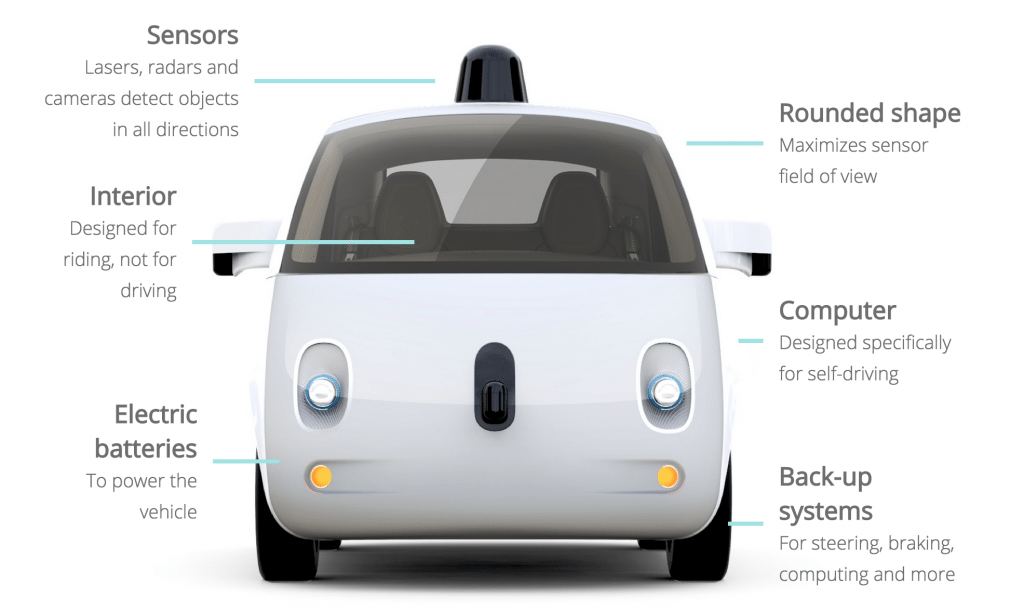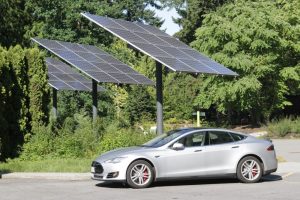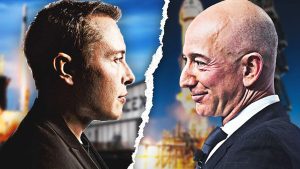Car sales are booming globally. It’s as though the GFC never existed. The Chinese and Indian middle classes are swelling and they all want to be mobile. Americans and Australians are back in love with their SUV’s. Half the world aspires to own the latest Mercedes or BMW. So why should the big manufacturers be worried? Because a tsunami is coming and it’s coming much faster than they – and most of us, realize.
Some car companies like GM and Ford are starting to hear the wake up call. Others like Volkswagen, BMW and Toyota seem to be oblivious. Meanwhile, start ups (or is that upstarts) around the world are moving ahead in leaps and bounds. So what, I hear you ask, has caused this tsunami? Electric vehicles? Nope, they’ve been around for a few years now and, even though they’re making inroads, they’re just cars with a different propulsion system. The answer is robotics and the fully automated vehicle… driverless transportation available at the tap of an app. They’re real, they’re here and they are going to reduce the rate of car ownership dramatically! Don’t believe me? Consider this announcement from Elon Musk, CEO of Tesla
When true self-driving is approved by regulators, it will mean that you will be able to summon your Tesla from pretty much anywhere. Once it picks you up, you will be able to sleep, read or do anything else enroute to your destination.
You will also be able to add your car to the Tesla shared fleet just by tapping a button on the Tesla phone app and have it generate income for you while you’re at work or on vacation, significantly offsetting and at times potentially exceeding the monthly loan or lease cost. This dramatically lowers the true cost of ownership to the point where almost anyone could own a Tesla. Since most cars are only in use by their owner for 5% to 10% of the day, the fundamental economic utility of a true self-driving car is likely to be several times that of a car which is not.
In cities where demand exceeds the supply of customer-owned cars, Tesla will operate its own fleet, ensuring you can always hail a ride from us no matter where you are.
He’s not talking about a decade from now. Tesla (and others) already have the technology in their production cars. If regulators ‘tick the box’ tomorrow, there will be driverless cars on the road tomorrow.
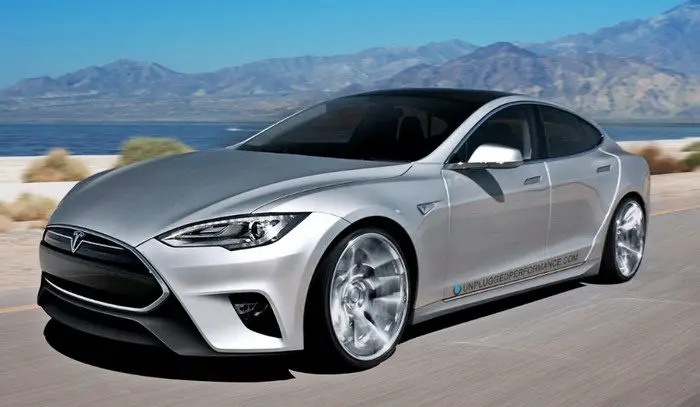
Right now, Singapore is trialing driverless cars on public roads. They quote these advantages over conventional vehicles:
Safety – Traffic accidents are the leading cause of death in road users of the 20-30 age group. Most accidents occur due to human errors. Automated vehicles have the following advantages:
1. Quicker reaction time
2. Shorter braking time
3. Wider field of view
4. Not distracted
5. Not affected by fatigue
6. Non aggressive behaviour
7. Bad behaviours can be easily corrected
Accessibility – Provide mobility to people who cannot, should not, or prefer not to drive (for instance, the elderly, youth and disabled).
Productivity – “Commodity” driving is a chore that absorbs a large fraction of people’s time, which could be better used.
Efficiency/Throughput – Automated vehicles can cooperate to minimise the effects of congestion. Routes can also be planned to minimise energy wastage, such as unnecessary braking or acceleration.
Environment – Automated driving can reduce emissions by 20 to 50 per cent, and efficiently interfaces with smart power grids.
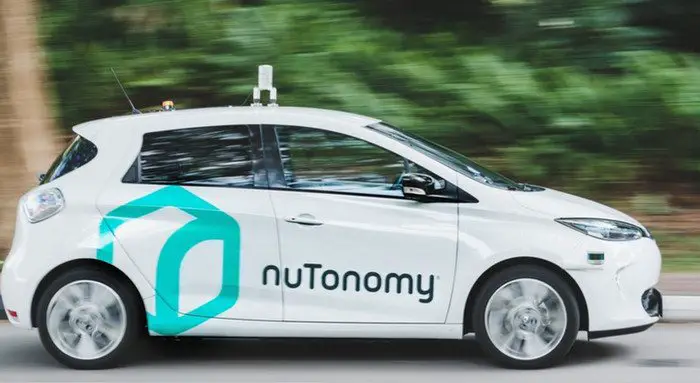
Meanwhile, back at the beach waiting for the tsunami..
If you hold shares in the major vehicle manufacturers, you might want to consider their future value. Their profits depend on volume sales. But less people – far less – are going to be owning their own car! With one exception, all the existing reasons for owning our own car will disappear. It won’t be more convenient and it won’t be cheaper! The exception is, of course, ownership prestige. If you need a Porsche or Lambo in the driveway to tell the world ‘you’ve made it‘, driverless won’t suit you. But for the vast majority, ‘shared ownership’ in one form or another will.
This chart from Roland Berger is only a forecast, but they are a highly respected, global, change-management firm.
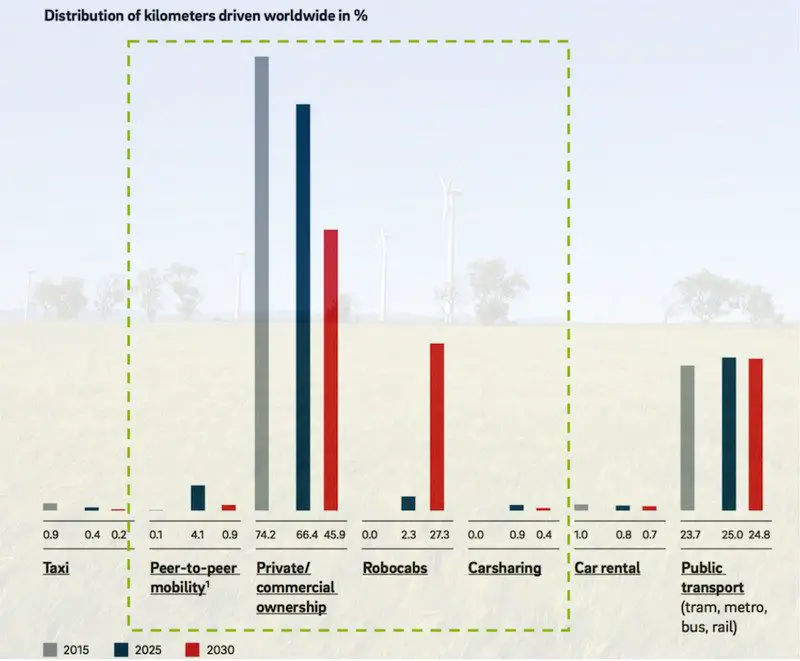
The above graph projects forward to 2030 yet Ford has stated that it expects driverless cars to be common by 2021 and is throwing billions into making it a reality. GM has committed enormous resources into getting their driverless car out to the public as quickly as possible. Meanwhile Tesla is sitting on more than 400,000 deposited orders for its Model 3 which is still a year off production!
So who else is in this space that has the technological ability and financial clout to make it happen? Try businesses like Samsung, LG Electronics and Apple. Then there’s Google who have been using the technology since 2010. Gotta go… my robocab just pulled up!

